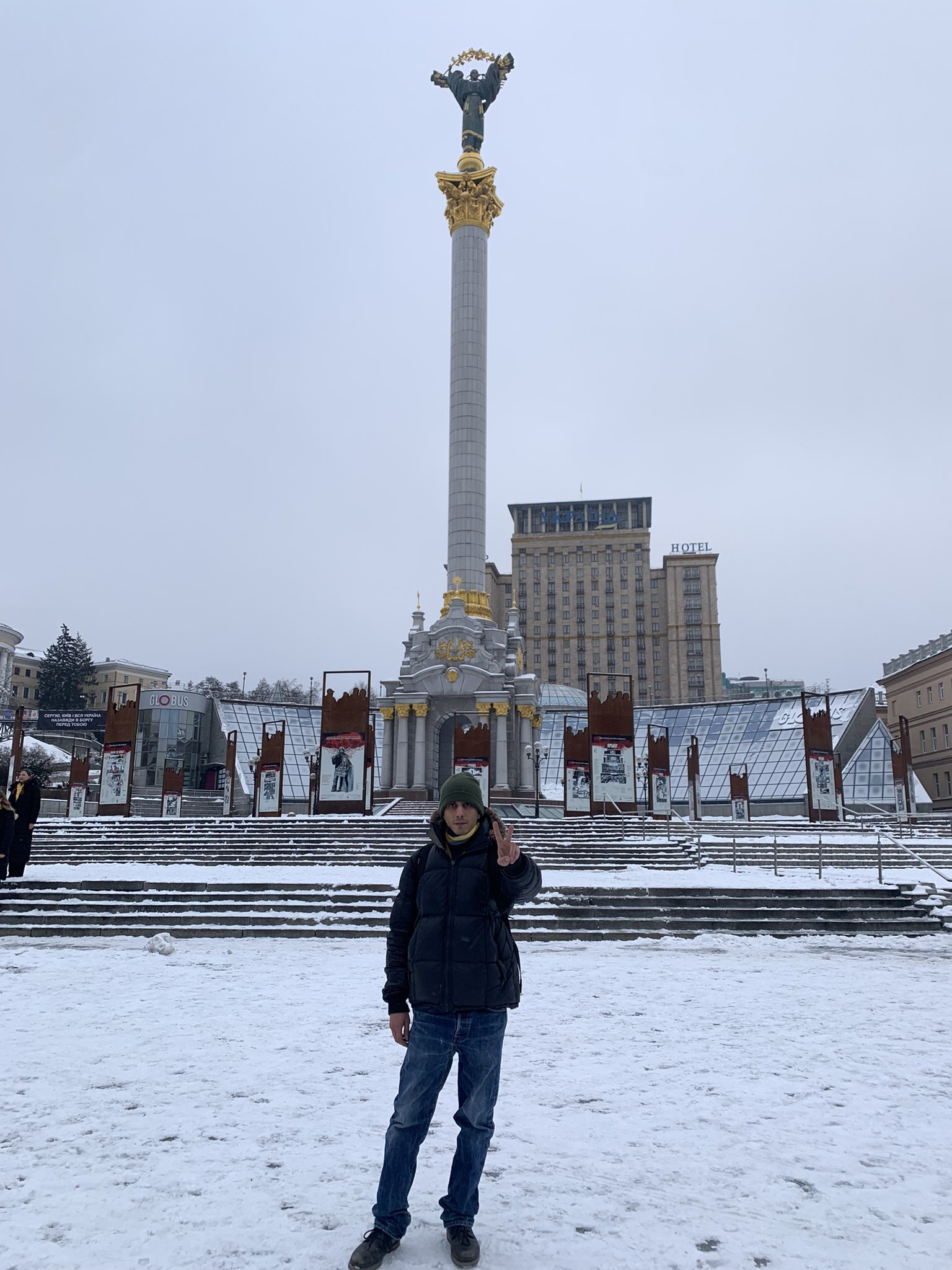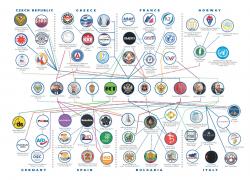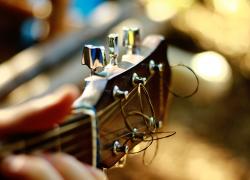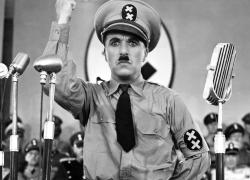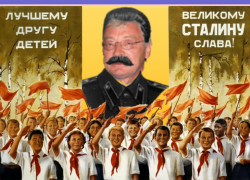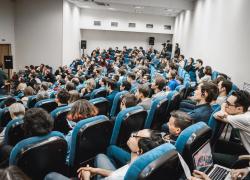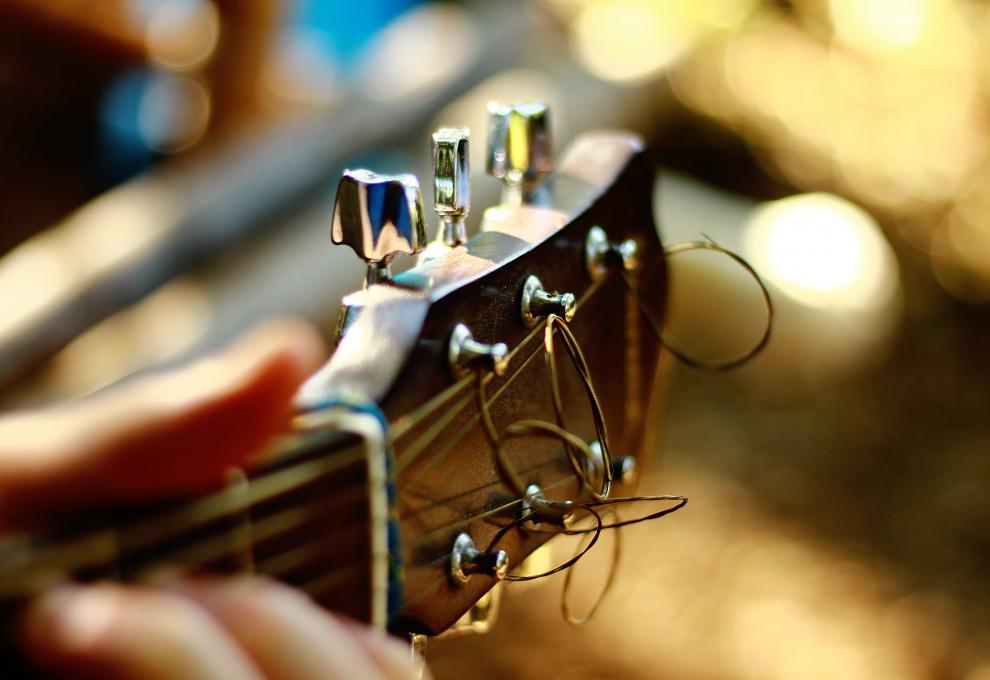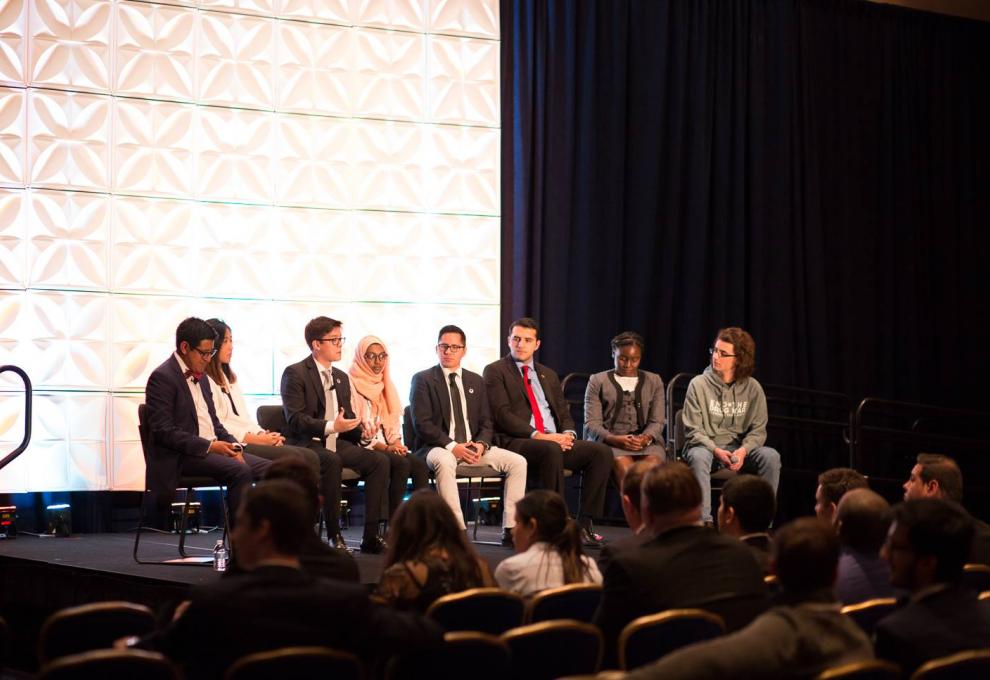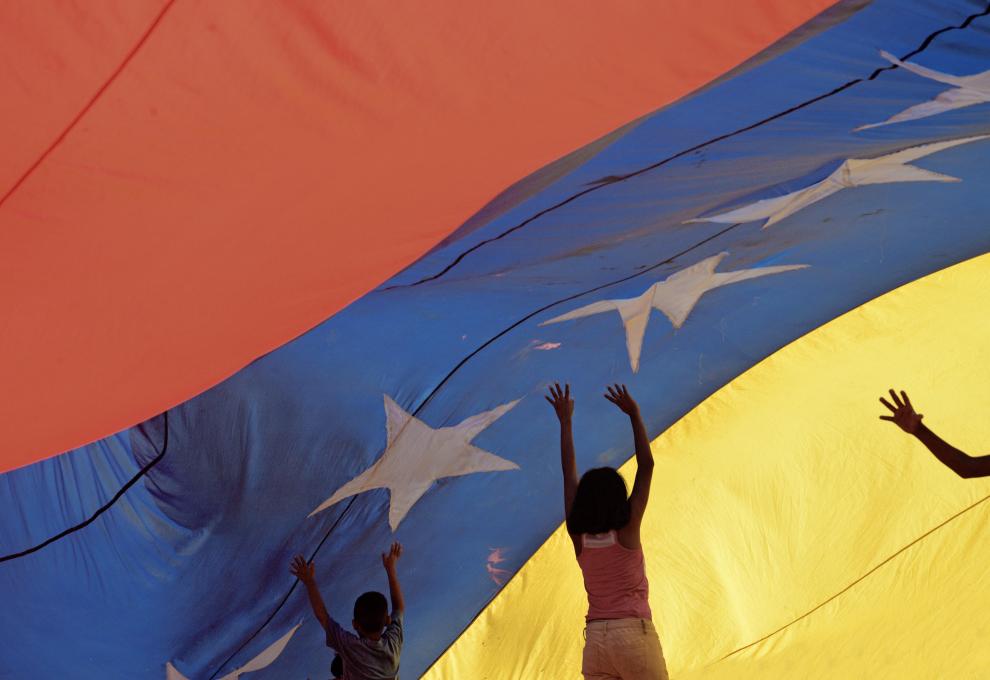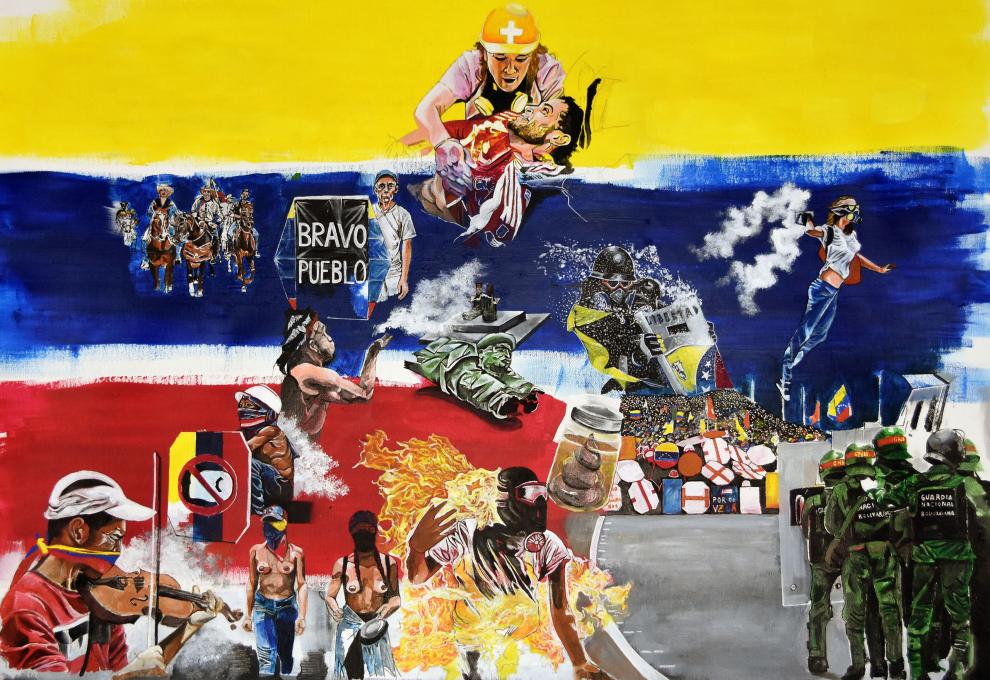A Venezuelan in Ukraine (Part 2)
I reached Ukraine after a long bus drive from Kraków to Leopolis. On the first part of “A Venezuelan in Ukraine” I talked about the moment when I crossed the Rubicon, when going across the border from Poland. I illustrated it with an image describing my first impressions when leaving the bus at the city’s main square, under full darkness across the train’s and buses’ station. When I arrived, I was welcomed by Aya, the Ukrainian artist and network’s link; shortly after, my American friend an contact arrived, with whom we were supposed to go Kyiv. He was part of a different peoples’ network with whom this travel’s idea an organization was planned. This Northern friend of mine is a dreamer, a stubborn individual being sharing the conviction that one should confront authoritarianism and that democracy and freedom must be defended. Aya helps us buying the train’s tickets, acting as a translator and we board the wagon for the eight ours it will take to reach the capital, all of it in a hurry prior to the night curfew’s beginning, all of that in a central trains station full of soldiers and with uncertainty, mixed with the assurance of having a clear direction and purpose.
The foreigners are here in their immense majority in order to help. There is no tourism in Ukraine during the war and notices it in all senses: having said that makes all the people noticing that you are a foreigner take a good look at you mixing words of approval and solidarity. I go to sleep on my first night in Ukraine in a military train and that makes me think about Nat King Cole’s song, at the cabin, going to the free world’s capital, going through a cold environment in contrast with factual companionship.
Aya’s hug, as well as her expression and smile when seeing my painting as a gift to Ukraine had a wonderful effect om me.
On the following day, quite early, we arrived at Kyiv , a city with more than a half of its buildings in darkness, without electricity. Going out of the central stations. On the right side, one already sees a quite high building that was hit by an Iranian drone. There, without thinking much, we start looking for a hotel, leaving our bags to go directly on foot, at the same rate as the Sun, in order to have breakfast on the road towards to the Maidan square. Maidan is absolutely the first place I want to see and feel with my own eyes and heart, Reaching the square the first thing amazing me are the small banners… They are stuck and wave moved by the glacial wind; there are around twenty small banners at one of the Maidan corners. Each of these banners represents a life sacrificed by the Ukrainian people and by people all around the world (there are banners from other countries at the lot) in this struggle for freedom. Intuitively, I decide to record a real-time video about the moment and feeling resulting from such vision, and, at the same time, my friend tells me that these are not even the real numbers, that one has to multiply by the several factors in order to become aware of the price in blood paid by the Ukrainians in order to defend their land from the Russian invasion. The fact of just thinking that they do this seeking the whole free world’s defense against totalitarian assaults, clearly suggests me the reason why one may explain and see how a Venezuelan is in Ukraine. I get there and see the famous column with the winged goddess on top and take a selfie, in an exaggerated morning cold, yet feeling as in flames, as covered by a sacred fire beginning to warm the hope and determination having been found in a clearness of common and universal purpose.
We meet my German friends and they take me to a place facing a cathedral in which real war trophies are exposed, and, in the air, one perceives remembrances the ultra-reality. The historical statue of Princess Olga, and of Apostol Andrew Cyril and Methodious is covered with sand-bags and, facing it, has a fence reading “World help us”. Next to this kept in bunker patrimony one finds relics of burnt Russian tanks, as ne symbols of their modern and world history. A regular car with tens of apparent projectile impacts is part of the exposition; it makes me think that some John Doe, perhaps called Alexandr or Marya, died In such vehicle.
From there we go directly to meet deputy Maryan Zablotsky, the deputy being the link with the Ukrainian government who made this trip possible, from the Ukrainian side. We get to know personally for the first time on a trade gallery below Maidan square, and there the feeling of mutual trust and interest aiming at the development of bilateral solidary relations is direct and natural. I went with a picture I had painted titled “Saint Bayraktar”, the same which impressed Aya, the artistic colleague refugee from Kherson who received me at Leopolis with a cup of coffee and took a photo. When giving Maryan this symbolic gift and watching his smile, confirmed me that we are with the fair persons at the just moment. It also made me remember the smile who gave me the Ukrainian female soldier at the border…in a second, we understood ourselves. Culture, creativity, communication are my strength, and what have more value in the use of my humble capacities, will and human talent in order to struggle for freedom using art as a a weapon for massive creation. From the gallery we go tom his office and, we get there he shows me a piece of a shot down
SU-34 Russian jet and other symbolic objects being real war butines, among boxes with drones, generators and an SK 47 rifle… There is an environment of trust and mutual support will. There, we coordinate the agenda and objectives to follow during this trip with such a significant occasion at so many levels.
To be continued…
By Rodrigo Figueredo

